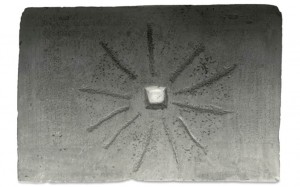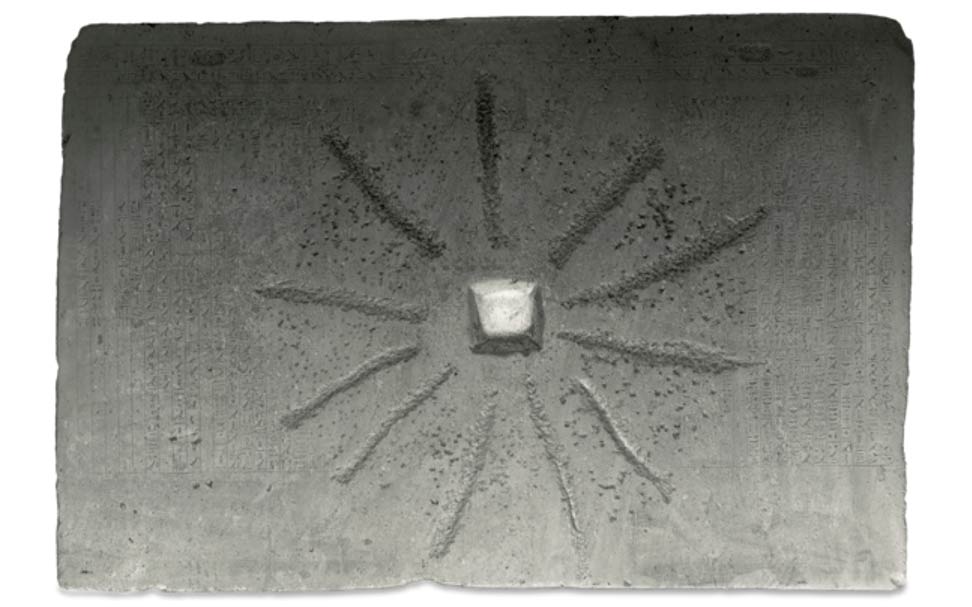The 26th Dynasty of Egypt was the last dynasty of the Third Intermediate Period, and was known also as the Nubian Dynasty or the Kushite Empire. The pharaohs of this dynasty hailed from Egypt’s southern neighbour, the Nubian Kingdom of Kush. Although the Kushites were able to conquer Egypt through their military might, it was not enough to gain the loyalty of the native population. As foreign rulers, the Kushite pharaohs had to legitimize their rule. One of the steps taken by the new rulers was the revival of Egypt’s past glory. This was achieved by reviving and re-introducing art, architecture, history, religion, and ceremonial burial practices into the royal court. There are numerous examples of this Kushite enterprise, one of them being an object of great historical importance – the Shabaka Stone.

Read more: http://www.ancient-origins.net/artifacts-ancient-writings/shabaka-stone-ancient-relic-tells-god-ptah-creation-universe-020314#ixzz3YK1oJIzb
Bodine, J. J., 2009. The Shabaka Stone: An Introduction. [Online]
Available at: https://journals.lib.byu.edu/spc/index.php/StudiaAntiqua/article/viewFile/11991/11931
Dollinger, A., 2004. The Shabaka Stone. [Online]
Available at: http://www.reshafim.org.il/ad/egypt/texts/shabaka_stone.htm
Gill, N. S., 2015. Shabako Stone. [Online]
Available at: http://ancienthistory.about.com/od/hieroglyphs/g/051410ShabakoStone.htm
Taylor, J., 2000. The Third Intermediate Period (1069-664 BC). In: I. Shaw, ed. The Oxford History of Ancient Egypt. Oxford: Oxford University Press, pp. 330-368.
van den Dungen, W., 2010. On the Shabaka Stone. [Online]
Available at: http://www.maat.sofiatopia.org/shabaka.htm
www.britishmuseum.org, 2015. The Shabaka Stone. [Online]

